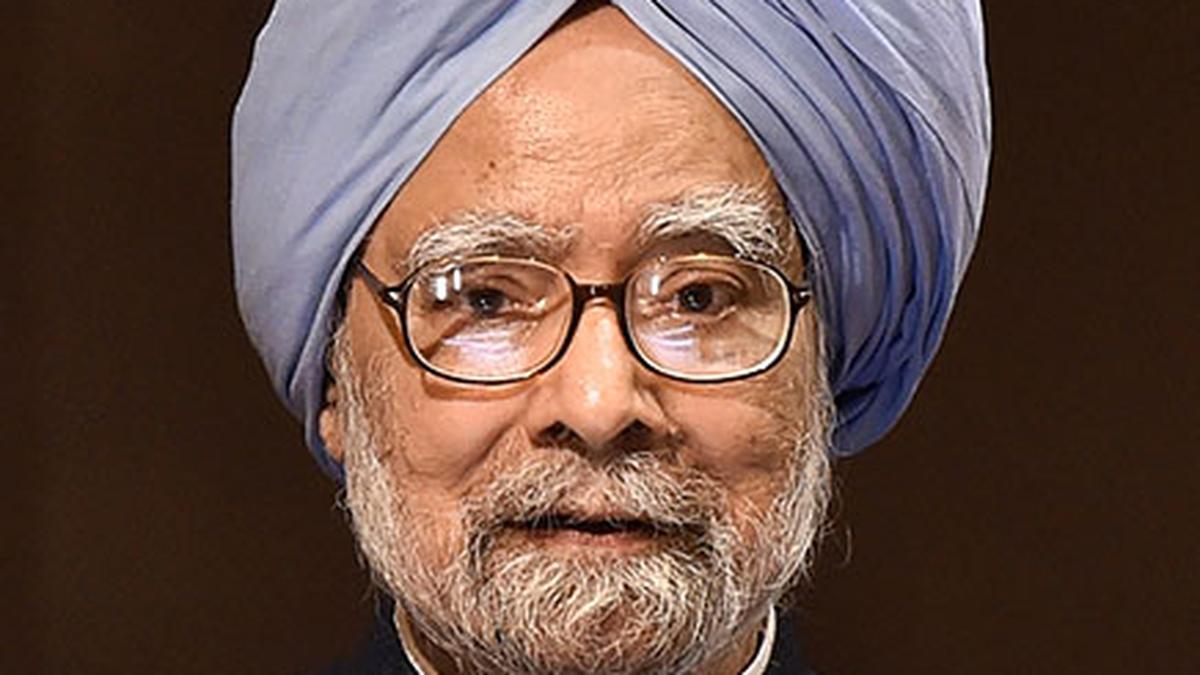National Rural Health Mission: Manmohan Singh’s quiet revolution in healthcare Premium


National Rural Health Mission: Manmohan Singh’s quiet revolution in healthcare Premium
Manmohan Singh’s legacy as an economist often overshadows his tenure as a Prime Minister. It is critical to situate his achievements within India’s Westminster governance model. If not talking about his prowess as an economist, contemporary discourse often highlights the Right to Information Act (RTI) and the Mahatma Gandhi National Rural Employment Guarantee Act (MGNREGA) as defining achievements of his leadership. However, no other Prime Minister in India’s history has been responsible for saving as many lives as Manmohan Singh, thanks to his landmark decision to launch the National Rural Health Mission (NRHM) in 2005. Its impact on India’s healthcare system has been transformative, striving to reduce inequalities between the rich and poor, urban and rural, and providing millions of Indians access to better quality healthcare.
When India attained Independence in 1947, the nation faced a precarious situation: poverty, famine, illiteracy and inequality were rife. Over the decades, India took steady steps toward progress, but its healthcare system remained woefully inadequate, leaving the aspirations of its citizens unfulfilled.
Even today, more than 60% of healthcare is delivered by the private sector, highlighting the historical inability of public health to serve all the nation’s people. By the early 2000s, India faced a unique challenge. The country was amid an epidemiological transition, where the burden of non-communicable diseases began to rival that of infectious diseases. Simultaneously, maternal and child health indicators painted a grim picture of inequality and unmet needs. It was in this context that Manmohan Singh’s government introduced the NRHM.
The NRHM sought to decentralise healthcare delivery, empowering local bodies and communities to take charge of their health needs. This approach was deeply rooted in India’s federal system, which, contrary to popular belief, is three-tiered rather than two-tiered, thanks to the 73rd and 74th Constitutional Amendments enacted during the premiership of Singh’s mentor, P. V. Narasimha Rao.
At its core, the NRHM was conceived to address the glaring inequities in India’s healthcare system, with a special focus on 18 states, including the Northeastern states, Jammu & Kashmir, and the Empowered Action Group States. It sought to reduce maternal mortality from 407 to 100 per 100,000 live births, halve the infant mortality rate from 60 to 30 per 1,000 live births, and stabilise the total fertility rate at 2.1 within 2012. By 2014, when Singh’s tenure ended, maternal mortality had dropped to 167 per 100,000 live births, while infant mortality was reduced to 40 per 1,000 live births. The total fertility rate dropped to 2.3, reflecting India’s steady journey toward population stabilisation. Although these figures fell short of the ambitious targets, they significantly improved healthcare in the country.
When the NRHM was introduced, India’s healthcare system struggled to keep pace with the aspirations of its citizens. While the nation had made incremental strides since Independence, its health infrastructure remained deeply inadequate. The Central government’s focus had largely been on constructing buildings—sub-centres, primary health centres, community health centres—without addressing the quality of care they provided.
No tribute to Manmohan Singh would be complete without acknowledging the creation of the Accredited Social Health Activist (ASHA) cadre, rolled out when Anbumani Ramadas was Union Health Minister. These saree-clad women became the backbone of rural healthcare, bridging the gap between communities and health services. With nearly one million ASHA workers recruited under NRHM, their contribution to improving maternal and child health, increasing immunisation coverage, and promoting health awareness has been invaluable. This initiative improved health outcomes and empowered women, giving them an active role in their communities. The mission prioritised strengthening sub-centres, primary health centres, and community health centres.
NRHM was not just about building healthcare infrastructure; it redefined how healthcare was financed and delivered. It introduced flexible financing, allowing States to allocate resources based on local priorities. It emphasised capacity building, exemplified by the establishment of the National Health Systems Resource Centre (NHSRC) at the Central and State levels. One of NRHM’s landmark contributions was the introduction of the Indian Public Health Standards (IPHS) in 2012 (last updated in 2022). For the first time, these standards set benchmarks for the quality of care at different health system levels.
The mission’s focus extended beyond maternal and child health to include the Integrated Disease Surveillance Programme (IDSP), strengthening India’s capacity to monitor and respond to outbreaks. Programmes targeting Kala-azar, filariasis, and malaria achieved notable success, with these diseases now on the brink of elimination. Thus, NRHM focuses on combating communicable diseases and addressing the growing threat of non-communicable diseases. Under the broader umbrella of NRHM, initiatives like the National Programme for Control of Blindness and Visual Impairment significantly reduced preventable blindness from 0.7% in 2005 to less than 0.36% in 2015.
Yet, the mission was not without its shortcomings. Urban healthcare remained outside its purview until 2012 when NRHM was subsumed under the National Health Mission (NHM) to address the needs of marginalised urban populations. Moreover, while states like Tamil Nadu and Maharashtra leveraged their existing public health systems to achieve greater success, others lagged, highlighting disparities in implementation. IPHS lacked enforcement power, remaining more aspirational than binding. The mission also struggled in areas such as tuberculosis and dengue control, highlighting the uneven success of its initiatives.
Despite its challenges, the NRHM is a testament to Dr. Singh’s quiet but profound leadership. Unlike the RTI Act or MGNREGA, which were acts of Parliament, the NRHM was a simple Cabinet decision. It remains his most profound, enduring contribution to the nation, having laid the foundation to aspire for a healthier India, ensuring the most vulnerable had a fighting chance at survival and dignity. As we bid farewell to this quiet statesman, remember that his legacy is not just in economic charts or policy documents but in the lives saved, the diseases conquered, and the bridges built between communities and healthcare systems.
(Dr. C. Aravinda is an academic and public health physician. The views expressed are personal. aravindaaiimsjr10@hotmail.com)










